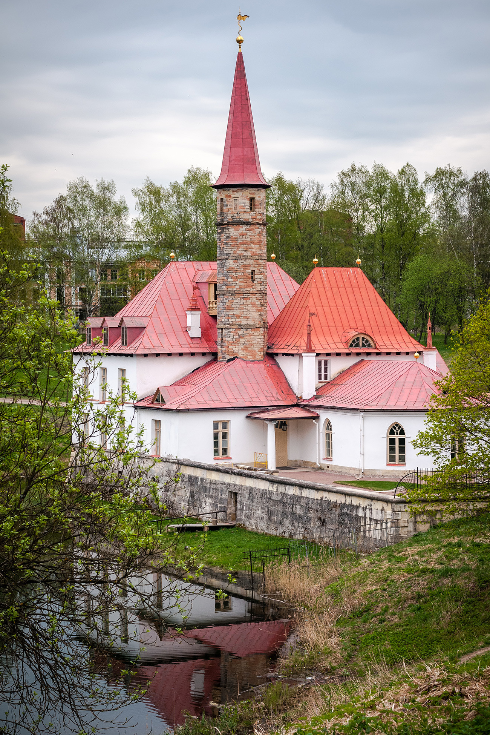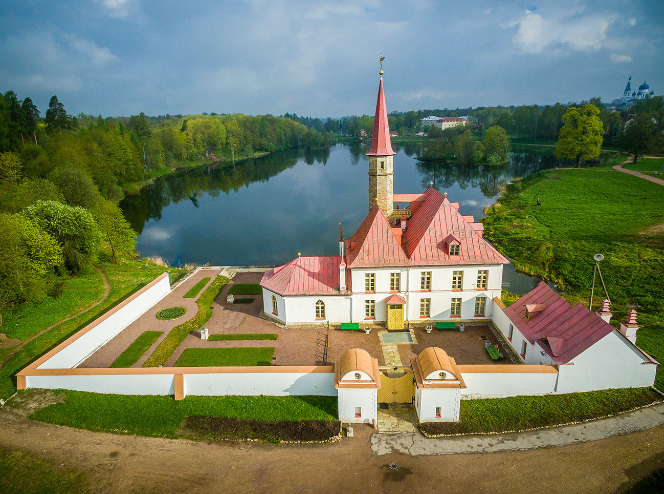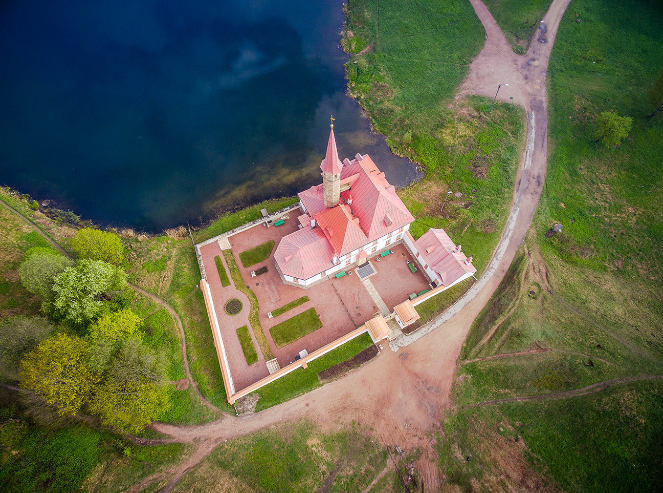The origins of the Priory Palace located in Gatchina near St. Petersburg, Russia are linked to the history of the Order of Malta, one of the oldest chivalric orders of the Roman Catholic Church.
Around 1800 AD the Priory Palace was designed by the architect and engineer Nikolay Lvov, who also supervised the construction. To build the palace, Lvov developed a crimping technology that made it possible to create a whole castle out of earth, and on marshy terrain too!
The Priory Palace is the only surviving rammed earth building in Russia. That’s despite Paul I supporting the engineer’s experiments and issuing a decree to establish a rammed earth construction college in 1797.
Paul I’s son, Emperor Alexander I, then transferred the palace to the state treasury. For a short time, it housed a Lutheran church, however, most of the time the building stood practically unused. A century later, the palace was modernized: it had water supply and sewage systems installed and was made suitable for year-round use, after which it was converted into living quarters for courtiers.
In the early 20th century, the Priory Palace was turned into an art venue and used to house various exhibitions. During the First World War, there was a military hospital there, and during the Second World War, the Nazis tried to blow the palace up. However, Lvov’s construction technique turned out to be of such high quality that the palace walls withstood the explosion, which had only partially damaged the roof. The palace only underwent restoration in the 1980s.
The Priory Palace received the status of a museum only in 2002. Since 2004, it has been hosting exhibitions. The palace chapel has excellent acoustics and is used as a concert hall. When the palace was opened to visitors, a modern-day legend was born: they say that on the opening day, one of its 18th century clocks, which had stopped in the years of desolation, started ticking again. You can read the original article at www.rbth.com
You can read the original article at www.rbth.com
